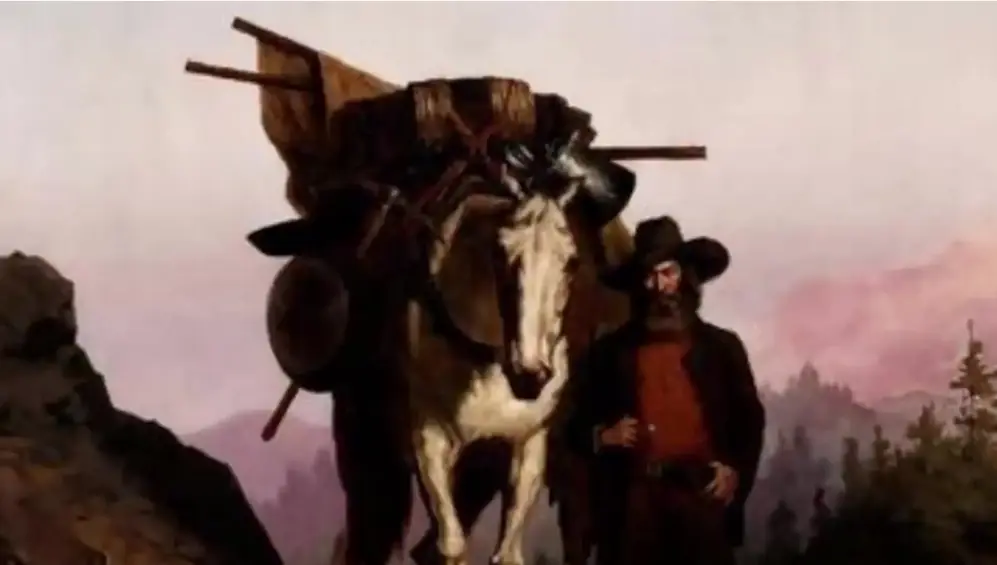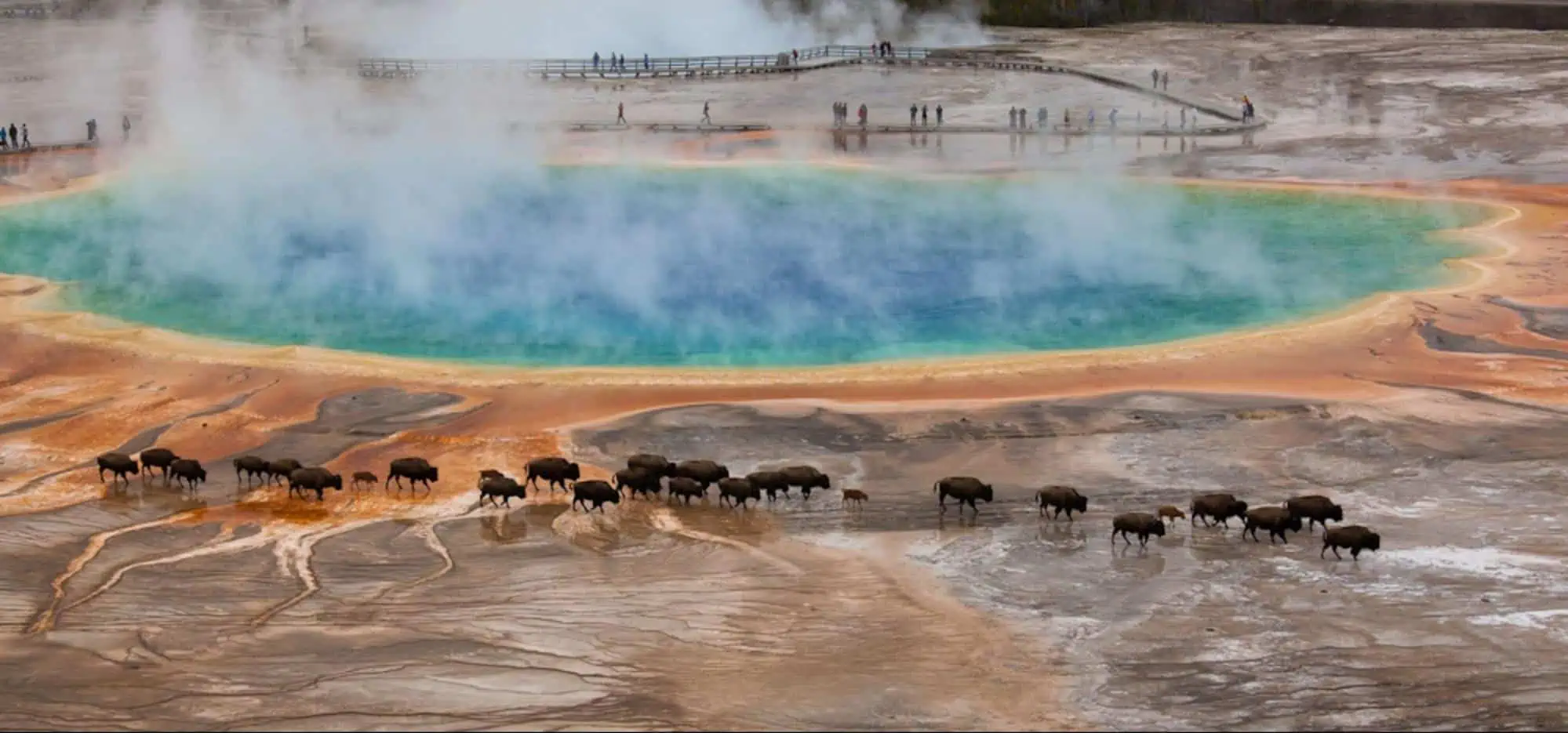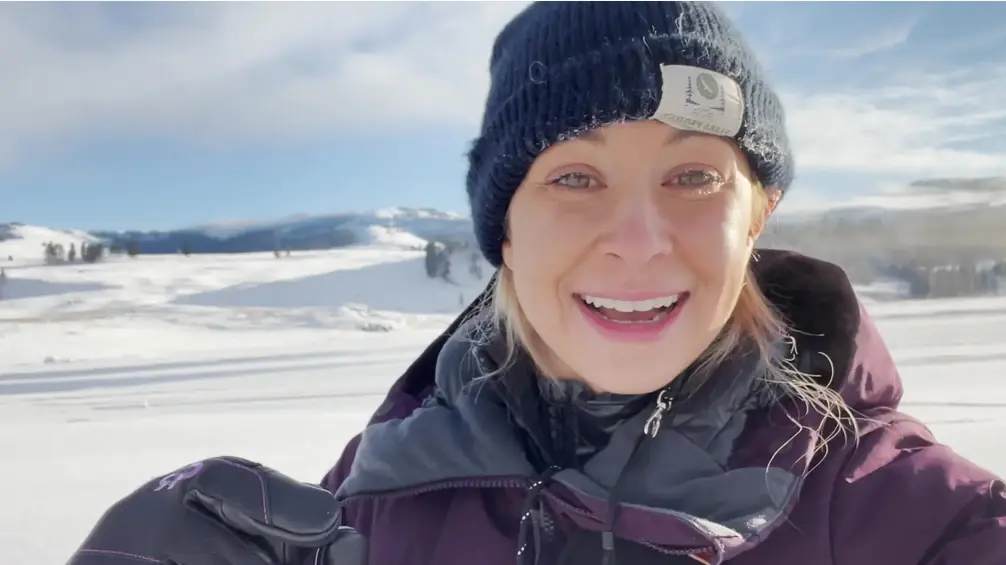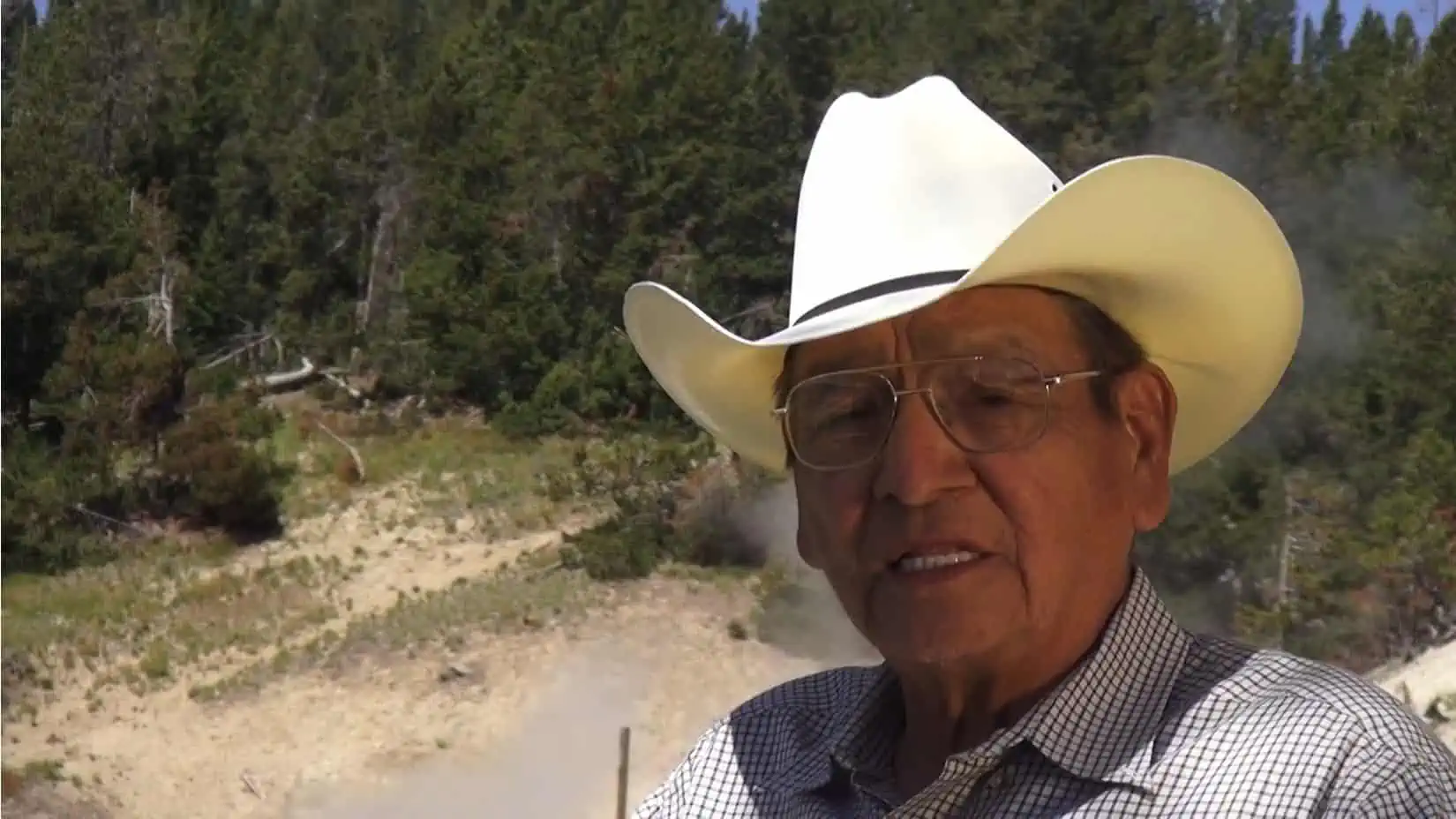Last time we went to Yellowstone was in an aging borrowed RV with squishy brakes. The good news is we never went that fast. There was so much to see, our fellow park goers kept the speed limit to a walking pace. We found the right way to experience Yellowstone is slowly.
You’ll know immediately if there is a bear within a hundred yards. Cars will just stop, creating a “bear jam” that can last until the bears decide to move on. Bison don’t seem to be bothered by cars and freely cross—and often linger—in the middle of the road. It’s a good decision to stay in your car when anything bigger and faster than you is in the vicinity. Best not to risk going viral on social media or worse, not living to regret it.
And why be in a hurry anyway? Nature’s greatest theme park is a spectacle of open plains, forested mountains, deep canyons, cascading waterfalls, explosive geysers, crystal clear hot pools, bubbling cauldrons of mud, scenic lakes and rivers.
Yellowstone is vast, almost 3,500 square miles and it attracts 4 million visitors a year. About half of them will visit between June and August. There are a lot of travel tips on how to avoid the crowds, but going in winter is a good bet to see the fewest people.
Alice Ford went on a bucket list trip to see the wolves of Yellowstone in below-zero temps and lived to tell the tale. Her great adventure is worth a watch.
No matter when you go, you’re going to have to make a plan about where to stay, where to camp, where to eat and what to do. You’ll need to purchase a pass, but you don’t need a reservation to get in. The grand lodges all require reservations up to a year in advance. If you are into camping, there are a dozen campgrounds in the park and you’ll need to make a reservation for them, too. For expert travel advice, Matt and Cheryl of We’re in the Rockies have the best trip planner with tons of useful information.
Yellowstone sits on one of the biggest calderas in the world, the remnant of a supervolcano that is still active but last erupted 70,000 years ago. Legends of dragons drew explorers to Yellowstone Valley, but the Crow believed there was another explanation for what killed the trees and scorched the earth. Grant Bulltail of the Native Memory Project tells the tale.
Today, if you stay on the boardwalks and paths you’ll be fine, just know that in some places the ground below your feet is heated by magma that is turning glacier-temperature water into boiling hot tubs. This makes for quite a show in the upper geyser basin, where Old Faithful, the most famous geyser in the world, can be found. It goes off every 1.5 hours, and the predicted times of launch are posted by the NPS. Half the geysers in the world are here. For what to expect about Old Faithful and how to time your trips, check out Matt’s guide.
There’s plenty of history in Yellowstone, too. If you’re interested in a cautionary tale of what happens if you get lost, there’s the story of Truman C. Everts.

His misadventure is legend, and the History Guy has the story. A gripping tale of a man who lost his bearings, scalded himself in a geyser, started a vast forest fire, hallucinated from hunger and ended up drinking a pint of bear grease to survive.
After a few days hiking through forests yelling “hey bear” to spook the grizzlies, following the Yellowstone River downstream, and crisscrossing the Continental Divide a dozen times, we finally made our way, slowly, out of the park.

Featured photo by Carol M. Highsmith




